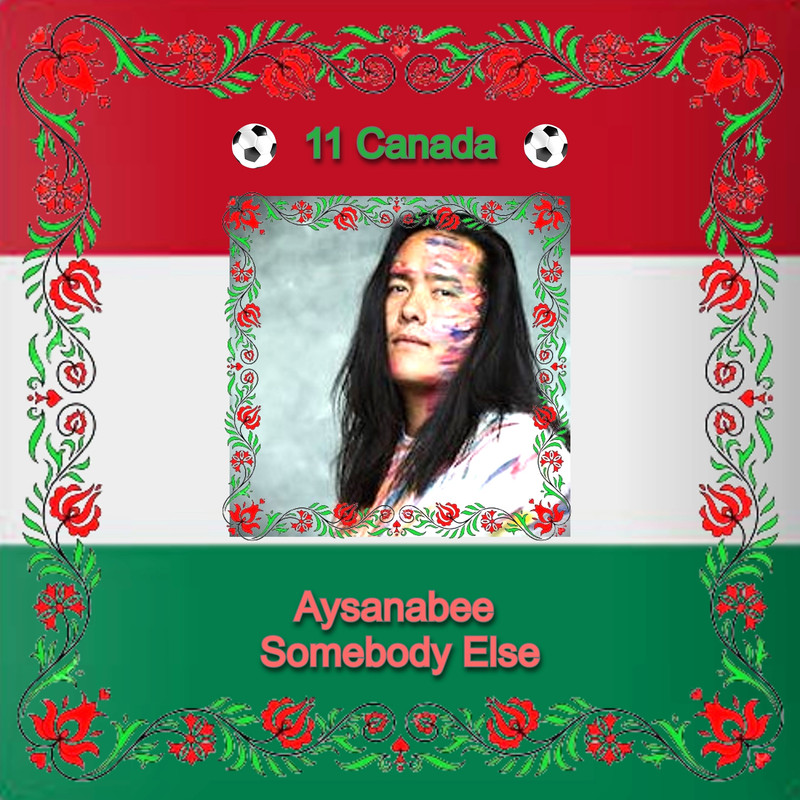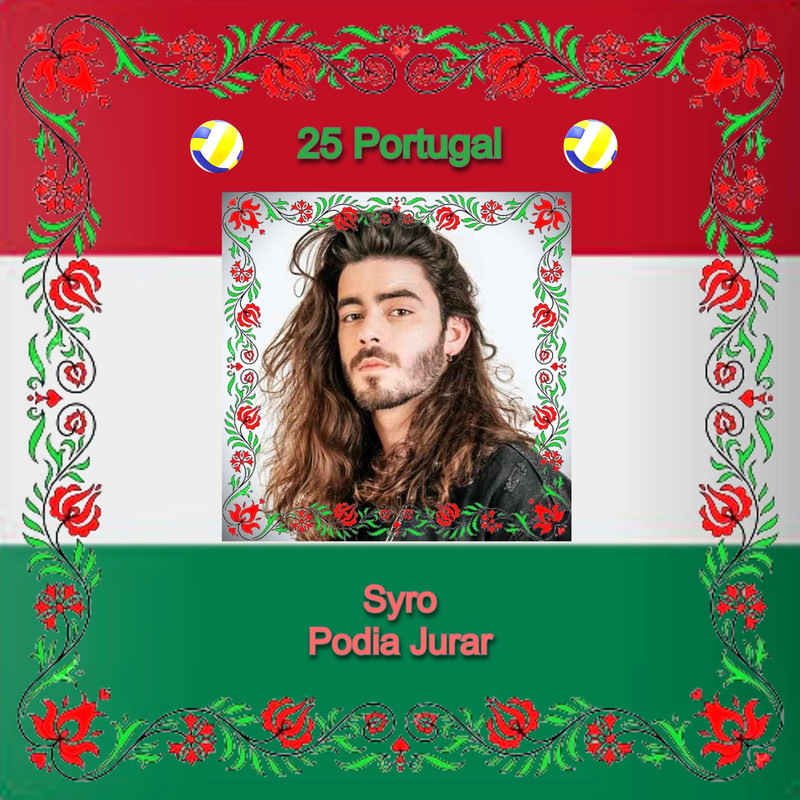
We’ve been North, we’ve been South. We’ve been West, we’ve been East. But it’s been ages since we’ve been right in the middle. Let’s go to the Heart of Europe, let’s go to Hungary!
WELCOME TO HUNGARY
In the valley of Sajó, East of the grand Bükk mountains, lies Miskolc, the fourth largest city in Hungary and home to artists such as Here We Are, the winners of FSC #182. They’re here to welcome us to the host city with their winning entry: “Együtt Egyedül”
_________________________________________________________________________________________________________________________
WE'RE IN MISKOLC!

The city, located in Northeastern Hungary, has a population of 145.000 which is more than 7 times as many people as 150 years ago, even though it was more populous during communist times.
That was due to the huge possibilities in the industry, especially after Miskolc and Diósgyőr, the suburb with the second largest furnace in the whole country, were unified in 1945. Mining was the core of this whole industrial development, and what is now Miskolc University was originally established as a school of mining and metallurgy.
The recession after the fall of the Soviet era and a whole new way of thinking economy hit the industrial cities in Northern Hungary very hard and lead to huge poverty after the big state-owned factories, which used to employ most people in the city, shut down and left the former workers unemployed.

However, in the past 20 years the city has managed to attract a lot of international companies and with an increasing focus on culture, sport and tourism, the local administration hopes to raise the economical level of the city even further.
There are already tourists exploring the mountains, hiking or skiing in Winter.
There’ll soon be more international focus on Miskolc when the European Universities Games are being held in Hungary in July, Miskolc hosting the events in badminton and water polo. The decision was made in April 2018 in Madrid, and it’ll be the 7th edition of the European sports contest. More than 4500 athletes from all over Europe are expected to participate!
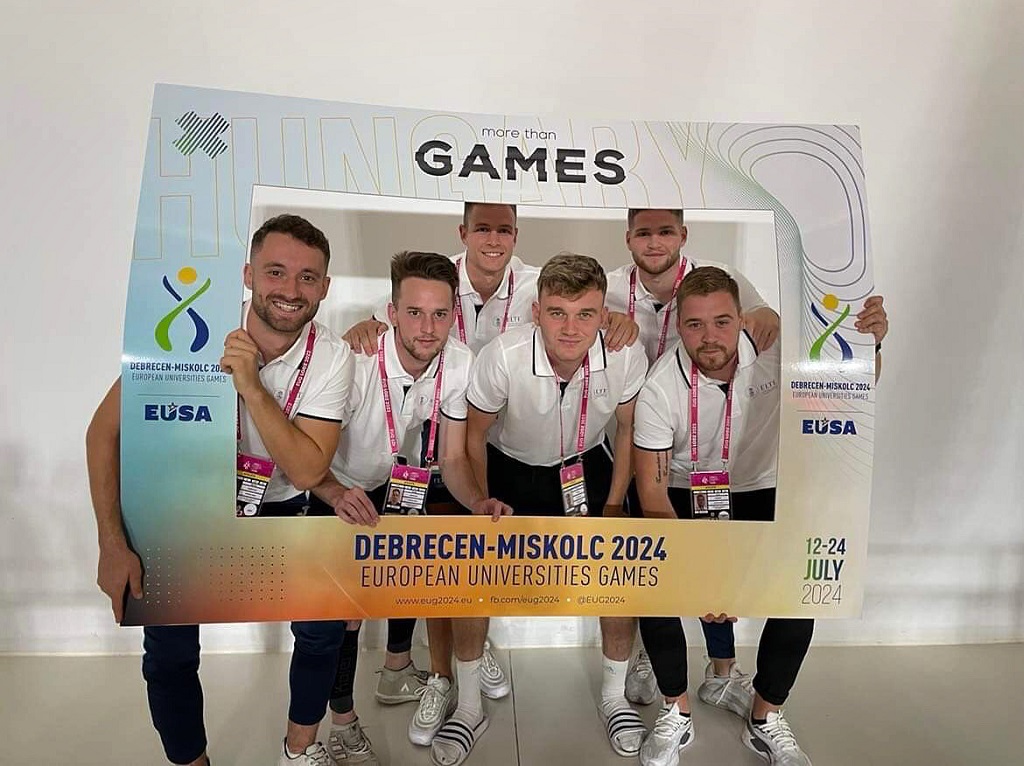
The Miskolc area has been inhabited by humans for the past 70,000 years dating all the back to the Paleolithic times. The first known tribe in the area, before the Hungarian conquest in the 9th century, was a Celtic tribe by the name of Cotini.
The city itself was founded nearly three centuries after the Hungarian conquest and eventually Charles I centralized the power, making the city an integrated part of the Hungarian/Croatian Kingdom.
Though the city was burned down by the Ottomans lead by Suleiman the Magnificent at the invasion in 1544 it continued to prosper in the following centuries as a market town centrally located at several important trading routes. It was in this period that an extensive wine production was established in the area as well.
That is until the Austrians burned down the city, at that time home to the rebellious prince Francis Rákóczi, in 1707, and soon afterwards, in 1724, an extensive cholera epidemy broke out. That didn’t stop the city from prospering further though, as it was made the capital of the Borsod County, and extensive plans to rebuilt and expand the city were made. Even after yet another cholera epidemy and flooding in the following century, the city stood proud at the bottom of the valley.

After WW1 and the Treaty of Trianon, Hungary lost the regional center Kassa to the Slovakians (still a part of Slovakia, now under the name Košice) which meant that Miskolc was now the only sole city in this part of Hungary. That lead to even further expansion and developments in the city.
Even though Hungary was an ally of Nazi-Germany during WW2, the Germans ended up being dissatisfied with the way the Hungarians were running the country which lead to German occupation in 1944 and subsequently deportations of the Jews in Miskolc to Auschwitz. Some Jewish survivors returned after the war, only to be met with violence at the Miskolc Pogrom.

Done with the history lesson, let’s take a tour around the city to see some of the marvelous spots around here.
We’ll start our tour at Városház Tér which is the administrational center of the city, home to the city council hall. It’s the oldest part of town, though no written sources have been found. However, when repairing damage from WW2, it was possible to do some archaeological excavations where several bits from 11th century houses were found.
The most beautiful spot in the inner city has to be Erzsébet Tér where we’ll find buidings such as the historic Arany Szarvas-pharmacy and obviously Erzsébet Fürdő, the Erzsébet Bath. The bath itself isn’t in use anymore as such, but the building is now a medical center, offering both traditional medical care and more alternative ways of healing.
In the middle of the square we’ll see the statue of Lajos Kossuth, the first public statue of the politician and revolutionist in Hungary, and behind him, towering above the city, is the Avas Hill with its beautiful gothic church on top. It was originally built in the 13th century, but burned down in the Ottoman invasion in 1544, and being a Protestant church at the time, it took twenty years to rebuild as the estate owner of the nearby estate was Catholic and didn’t give her permission to rebuild the church with her wood. It’s one of the oldest buidings in town.
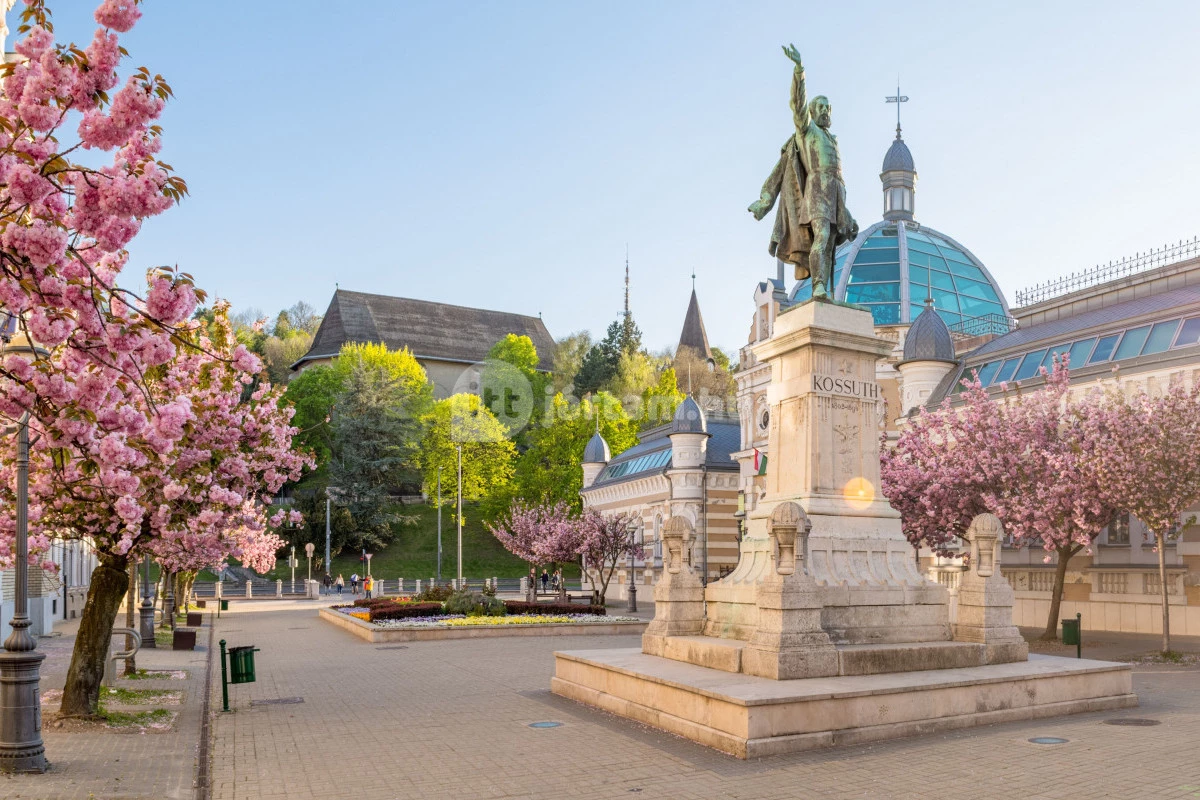
Right, let's head out to the People’s Garden, Népkert, which is the biggest park in the city proper, and chill for a bit.
The park is well known for its sport facilities. Here we’ll find a sports hall built in 1970 and even an ice hall from 2006. But just sitting here on a bench looking at the kids playing football on the green is lovely. Perhaps the weather is even too lovely to stay in the city center, when there's so much wonderful stuff to do around us!

______________________________________________________________________________________________________________________________
What to see or do in the area?
Miskolctapolca Cave Bath
As we weren’t able to go to the bath at Erzsébet Tér, let’s try here. And this is even better!
Just 15-minutes drive from Miskolc we’ll find the Miskolctapolca Cave Baths. The cave bath complex is a series of thermal springs that flow through an ancient natural cave system, resulting in a labyrinth of passages and chambers of varying temperatures that can be explored from the water. There are 6 rooms/baths in total, connected by tunnels and bridges, and overall the temperature hovers around 30 degrees.
The salt content of the water means it’s said to have healing properties so jump in and recharge!

Castle of Diósgyőr
The castle was probably built in the 12th century, but soon after destroyed by invading Mongolian forces. After being rebuilt it peaked in importance during the reign of King Louis the Great and later became a typical wedding gift for Hungarian queens.
The castle was ruined at the Ottoman invasion and wasn’t rebuild until recently, fully restored in 2014.
Today it’s a popular tourist destination showcasing medieval living, especially during the castle plays that we may be able to catch. Because they take place in May! And the medieval fair is right next to the castle!
If you’re not in the mood for all that medieval stuff, there’s some lovely waxwork ex hibition within the castle walls too.

While we’re in Diósgyőr anyway, let’s head straight to the DVTK Stadion where our contest will be held. They’re not quite ready yet, a football match just needs to finish before rolling on the floors and putting up the stage.
Because the DVTK Stadion is home to DVTK football team. The team finished first in the second division last season which means that they’re currently playing in the best Hungarian league. The team was originally founded in 1910 by working class youths and has had an important role in the local society. Though it is still very popular with great results, the club’s prime was back in the late 1970s and early 1980s where they made some significant results by finishing third in the Hungarian league as well as winning the Hungarian cup twice.
Since 1939 the team has been playing their home matches on the Diósgyőri Stadion, but in 2016 they started building a new stadion, the very place where we’ll be enjoying our FSC-music tonight, which meant that the team temporarily had to play there home matches in Debrecen in the 2017-2018 season.

______________________________________________________________________________________________________________________
Our host venue tonight: DVTK Stadion

Happily they’ve finished building the new DVTK Stadion which was opened in 2018. It was a statefunded project with a lot of different parties taking part in the process: both the city, the football club and the fans had their say in the important decisions about design and facilities.
It was originally supposed to be opened already in January, but due to the lack of supplies, the production was delayed, and it ended up being more expensive than originally planned. The cost of the DTKV Stadion was 13 billion HUF (around 33 million EUR), 2 billion more than expected. It was opened in May.
The new stadion can accommodate nearly 15,000 spectators so there should be enough room for all the FSC-fans to attend.
_____________________________________________________________________________________________________________________
Our hosts: Dávid Miller & Cintia Vörös
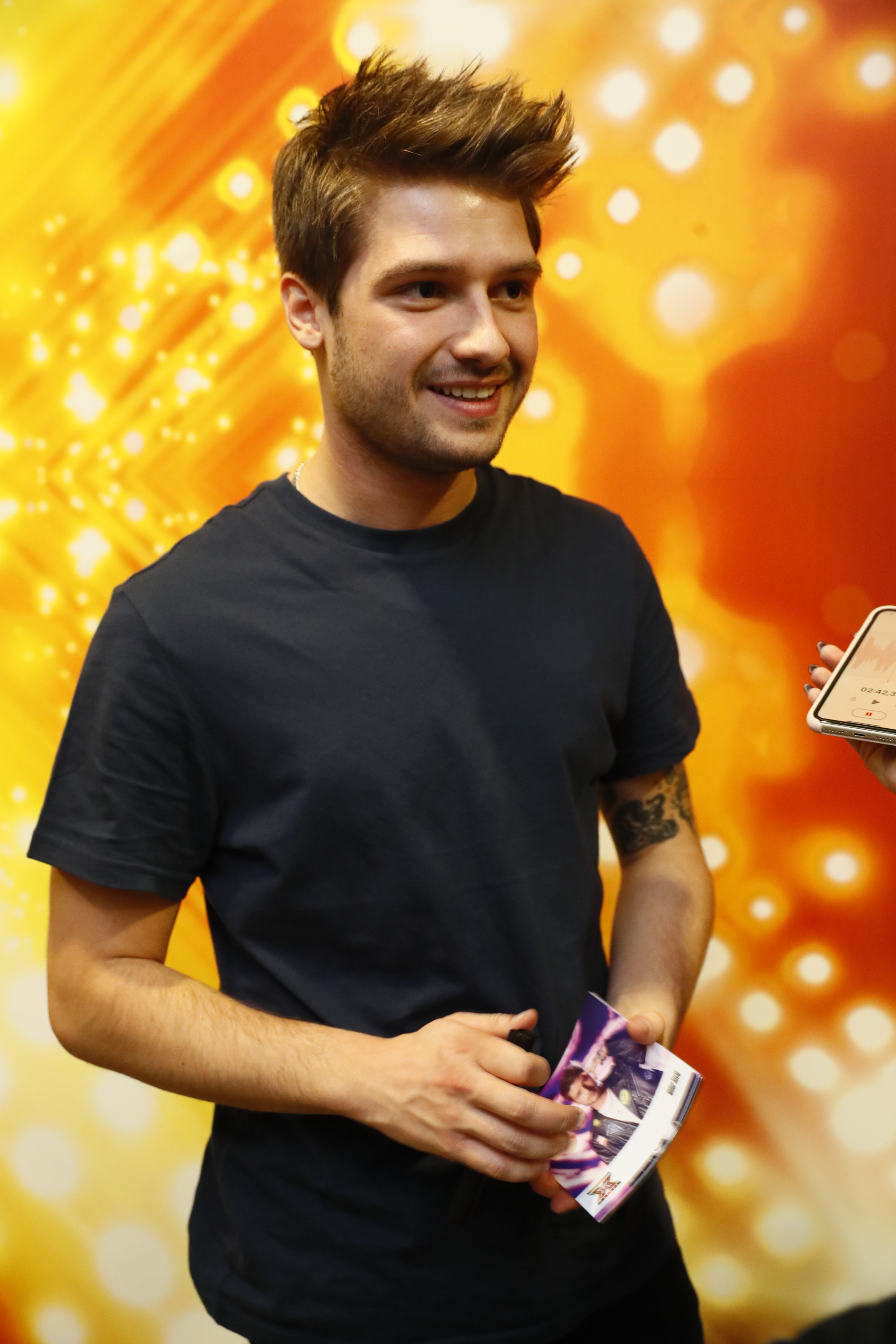

Miller Dávid (born in Budapest on 5th May 1996) is a Hungarian actor, singer and media personality. He has hosted several TV-shows on RTL such as X Factor. Though he has appeared in many TV-series and films, he’s probably most known for his role as Molnár Tamás “Hackman” in “Hotel Margaret”. His father, Zoltán Miller, his mother, Mónika Ullmann, are both actors. He is the grandson of the famous opera singer Lajos Miller who has been awarded title “Artist of the Nation”.
Vörös Cintia (born in Tatabánya) also known as “Sisi”, burst onto the Hungarian underground hip-hop scene just over a year ago. She appeals mainly to young audiences with a unique tone, dynamic and fresh approach, powerful messages, and extravagant performance.
______________________________________________________________________________________________________________________
Before starting out with the actual songs, let's just prepare ourselfs and get our heads in the game with a song from High School Musical, sung by American Zac Efron who was playing the lead in the film:

_______________________________________________________________________________________________________________________

 Ready? It's time to listen to this month's songs
Ready? It's time to listen to this month's songs 









